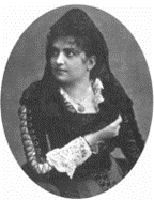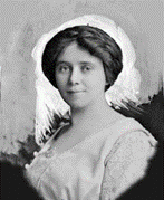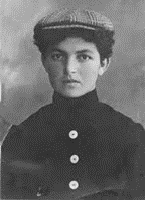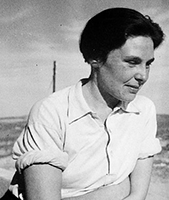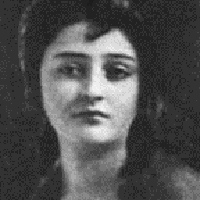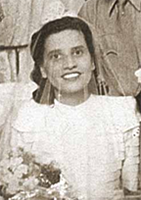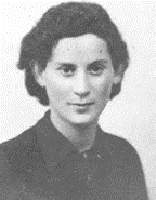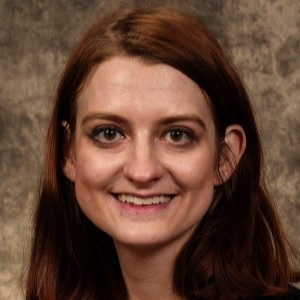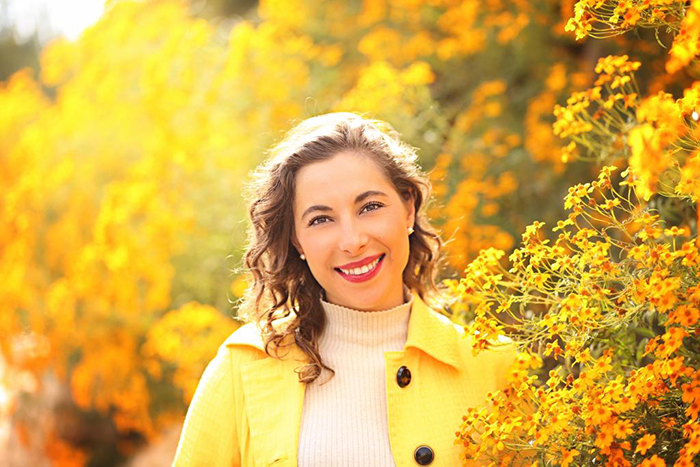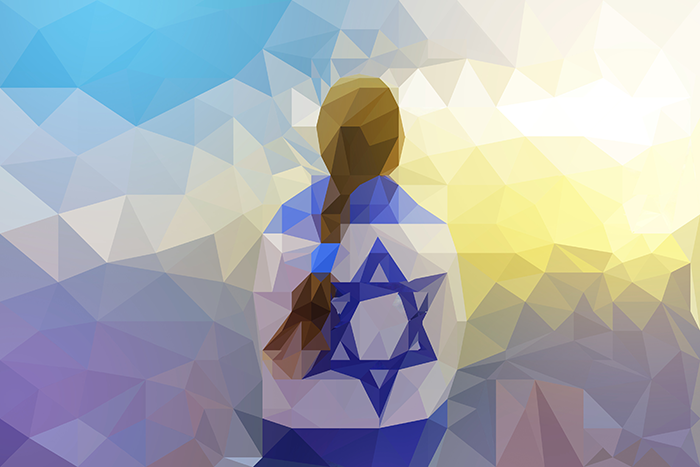
While many are acquainted with the "fathers" of modern Zionism (Theodore Herzl, Leon Pinsker, David Ben Gurion, and others) early women Zionists have been largely overlooked. Their contributions to Zionism and Jewish kibbutzim were vital to establishing the state of Israel. It's time that their work and impact was celebrated and recognized.
Here are seven women whose work helped shape Zionism and modern Israel:
Rosa Sonneschein (1847-1932) - Journalist
Rosa Sonneschein was a journalist and ardent Zionist who founded the American Jewess magazine, the first magazine that focused on American Jewish women. Sonneschein became famous as a journalist, writing for Jewish periodicals and the German-language press. She served on a panel of "presswomen" during the 1893 Press Congress, part of the Chicago 1893 World's Fair. Speaking on that panel, she articulated the need for a magazine that specifically addressed the issues facing American Jewish women.
She stayed in Chicago after the World's Fair and, in 1895, began editing the American Jewess. While the magazine was only published for four years before succumbing to financial troubles, Sonneschein used the magazine to promote the expansion of women's roles in Jewish communities and congregations. She also advocated for Zionism, which, she argued, could be a source of relief for the oppressed Jews of Eastern Europe and a source of cultural pride for American and Western European Jews. Her magazine served as a forum for her then-unconventional views on Zionism and established a space for American Jewish women in journalism.
Sophie Irene Simon Loeb (1876-1929) - Author and Activist
Sophie Irene Simon Loeb was a passionate advocate for widows and orphans and a dedicated Zionist. When she was sent to Palestine to report on Jewish settlements for the New York Evening World in 1925, Simon Loeb found herself entranced. The reports she sent from Palestine were simultaneously investigative and romantic. She made compelling arguments for welfare measures needed in Palestine, which she referred to as "the pilgrimage center of all peoples." The next year, she compiled her reports into a book she titled "Palestine Awake: The Rebirth of a Nation."
Miriam Baratz (1889-1970) - Activist
Miriam Baratz immigrated from Ukraine to Palestine along with her family when she was 17. Baratz became a member of the Haderah Commune farming colony and later the farming commune of Deganyah Aleph, both precursors to the first kibbutzim. Baratz advocated for communal childcare, education, and a cooperative economic structure that ensured women could achieve financial security independently. Her advocacy laid the groundwork for the implementation of egalitarian principles seen in the kibbutz movement through the present day.
Ada Ascarelli Sereni (1905-1998) - Kibbutz Pioneer and Clandestine Immigration Organizer
Ada Ascarelli Sereni was born to a prominent Italian Jewish family in Rome in 1905. She studied chemistry at the University of Rome before immigrating to Palestine in 1926 with her husband Enzo Sereni. In 1928, they established a kibbutz with a group of Russian-born settlers.
After the death of her husband at the hands of the Nazis during a mission to rescue European Jews, Ascarelli Sereni dedicated her life to helping people immigrate to Palestine. She worked with Mossad L'aliya Bet, an association that helped Jewish refugees clandestinely immigrate to Palestine during World War II after the British authorities restricted immigration to Palestine. During the war, she helped over 28,000 Jewish refugees escape fascist Italy and continued to help survivors settle in Palestine after the war.
Rikudah Potash (1906-1965) - Author
Rikudah Potash began writing Yiddish poetry in the wake of the brutal 1918 Lemberg pogrom, during which 150 Jews were murdered and 500 Jewish-owned businesses were ransacked. She moved to Palestine in 1934 and continued to write in Yiddish, despite Hebrew being the favored language in Zionist communities. The subjects of her poetry ranged from Biblical figures to the realities of living in the newly established State of Israel.
She devoted the last years of her writing career to short stories and portraits that centered on Sephardi and Mizrahi immigrants to Israel and their Israeli-born children. These stories focus on the experiences of immigrants struggling to balance two distinct cultures while raising children in a new country.
Bouena Sarfatty Garfinkle (1916-1997) - Author and Activist
Born into a Sephardic family in Salonika, Greece, Bouena Sarfatty Garfinkle was a poet, chronicler, and activist. When Nazis invaded Greece in 1941, Sarfatty Garfinkle began recording Ladino proverbs and composing poems that described everyday life in her Sephardic community under the Nazi regime.
Sarfatty Garfinkle eventually fled to Italy and joined the partisans there. She saved many children by smuggling them to Turkey and Palestine. In 1945, she returned to Greece on a stealth mission to establish an underground network helping Holocaust survivors settle in British-occupied Palestine.
Chajka Klinger (1917-1958) - Author and Resistance Leader
Chajka Klinger spread awareness about the horrors of the Shoah after escaping Nazi Europe and arriving in Palestine in 1944. Born in Bedzin, Poland, Klinger decided at 14 that she would immigrate to Palestine. She originally planned to immigrate in 1939, but her attempt to escape Nazi-occupied Poland was foiled. She then became a leader of the underground resistance in the Warsaw Ghetto and was the only leader to survive the Warsaw Uprising. During the last deportation of the Jews of Bedzin, Klinger was captured and tortured by the Gestapo, but survived without informing on any of her compatriots. She escaped with her diaries that chronicled the activities of the Bedzin underground and the Warsaw Uprising.
Klinger made her way to Palestine in 1944, traveling the country and speaking about the horrors perpetrated by the Nazis for a few months before settling in Kibbutz Ha-Ogen and attempting to rewrite and edit her diaries for publication. Though she did not accomplish this during her lifetime, her diaries were published posthumously in 1959 as "A Diary from the Ghetto," a heavily edited version of her three incomplete manuscripts.
To read more about women in Zionism, visit the Jewish Women's Archive.
Related Posts
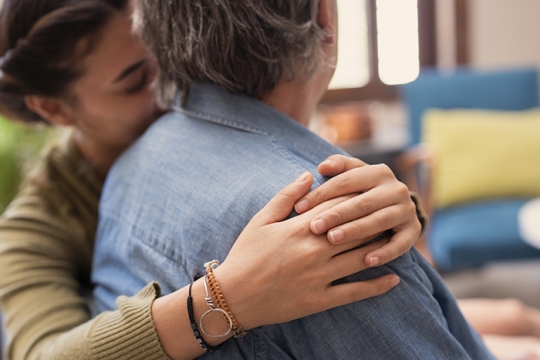
Staying Connected with Our Loved Ones Even When we Disagree

How the Israel-Hamas War Disproportionately Affects Israelis with Disabilities

